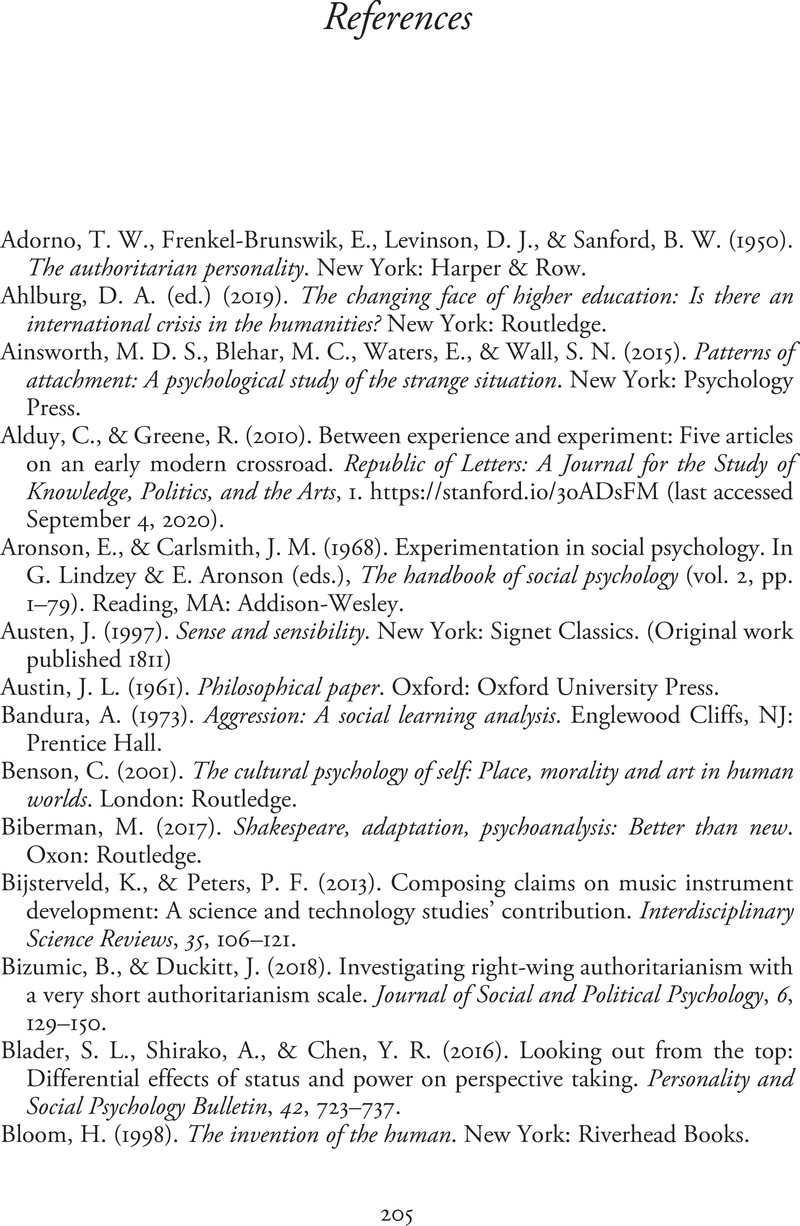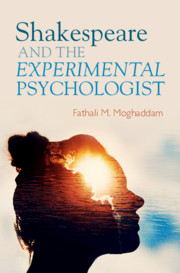Book contents
- Shakespeare and The Experimental Psychologist
- Shakespeare and The Experimental Psychologist
- Copyright page
- Dedication
- Contents
- Preface
- Acknowledgments
- Chapter 1 Introducing Shakespeare’s Psychological Thought Experiments
- Chapter 2 Experimental Research
- Part I Thought Experiments Involving Plays within Plays
- Part II Thought Experiments and the Power of Context
- Notes
- References
- Index
- References
References
Published online by Cambridge University Press: 10 June 2021
- Shakespeare and The Experimental Psychologist
- Shakespeare and The Experimental Psychologist
- Copyright page
- Dedication
- Contents
- Preface
- Acknowledgments
- Chapter 1 Introducing Shakespeare’s Psychological Thought Experiments
- Chapter 2 Experimental Research
- Part I Thought Experiments Involving Plays within Plays
- Part II Thought Experiments and the Power of Context
- Notes
- References
- Index
- References
Summary

- Type
- Chapter
- Information
- Shakespeare and the Experimental Psychologist , pp. 205 - 216Publisher: Cambridge University PressPrint publication year: 2021



